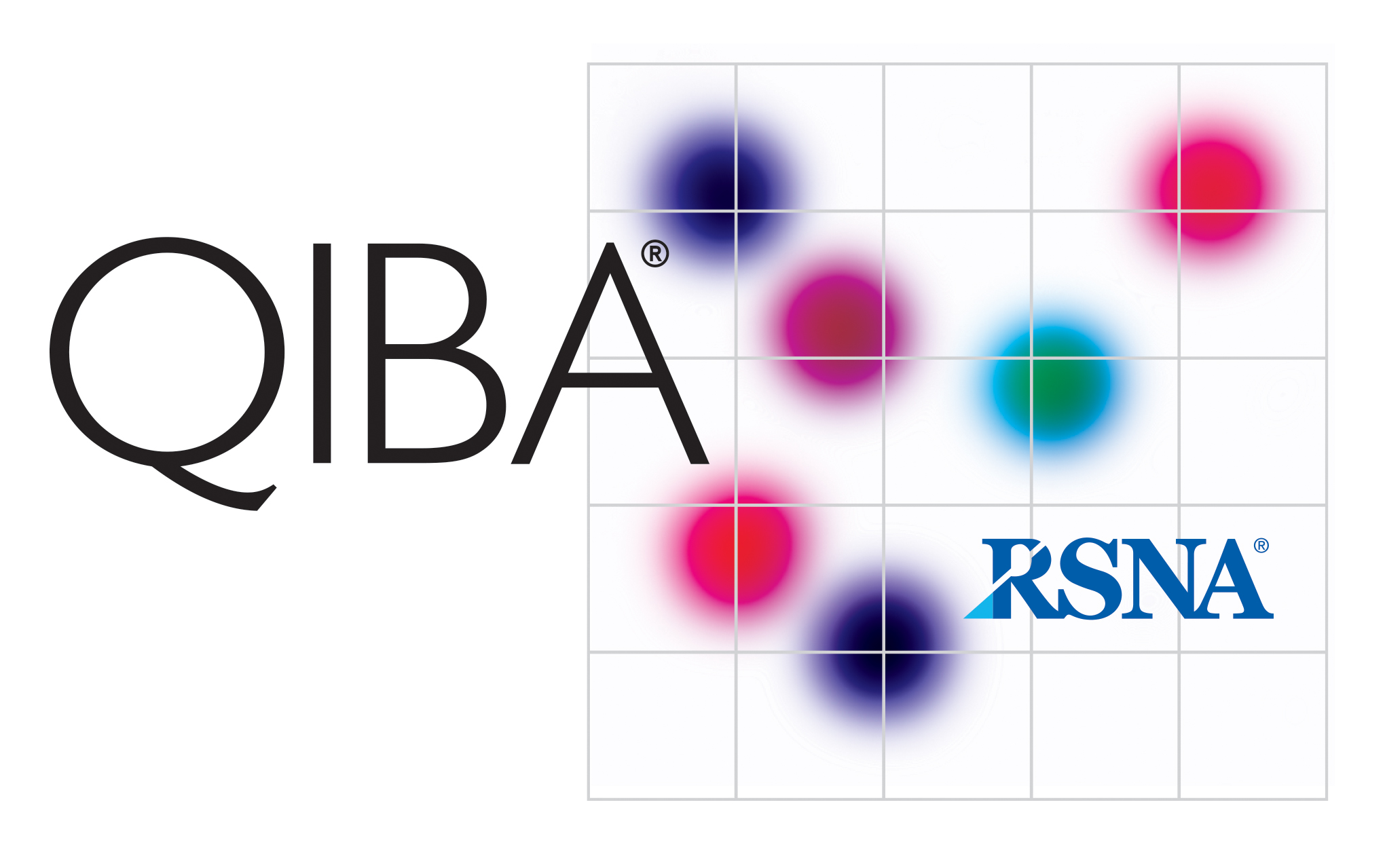CT Tumor Volume Change for Advanced Disease, Clinically Feasible Profile
Document (PDF)
Publication Details
Author: QIBA CT Volumetry Biomarker Committee
Version: Stage 3: Clinically Feasible
DOI: 10.1148/QIBA/20220721
Publication date: 2022 July 21
Executive Summary
A QIBA Profile is an implementation guide to generate a biomarker with an effective level of performance, mostly by reducing variability and bias in the measurement.
The expected performance is expressed as Claims (Section 1.2). To achieve those claims, Actors (Scanners,Technologists, Physicists, Radiologists, Reconstruction Software, and Image Analysis Tools) must meet the Checklist Requirements (Section 3) covering Periodic QA, Subject Handling, Image Data Acquisition, Image Data Reconstruction, Image QA, and Image Analysis.
This Profile is at the Clinically Feasible stage (qibawiki.rsna.org/index.php/QIBA_Profile_Stages) so,
- The requirements have been performed and found to be practical by multiple sites
- The claim is a hypothesis based on committee assessment of literature and QIBA groundwork
QIBA Profiles for other CT, MRI, PET, and Ultrasound biomarkers can be found at qibawiki.rsna.org
Clinical Context
CT Tumor Volume Change is used as a biomarker of disease risk, characterization, progression, and response to treatment.
This involves measuring tumor volumes and assessing longitudinal changes within subjects, based on image processing of CT scans acquired at different timepoints. See Appendix B for a discussion of usage of this biomarker in practice.
